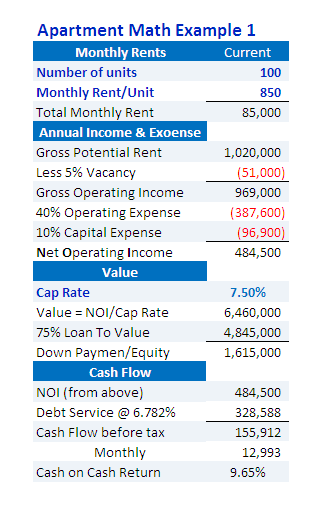Read this week that well known stock market perma-bears have gone bullish and that struck a nerve in my contrarian’s contrarian heart. This morning I read a post on the Joseph Bernard Investment Real Estate blog that really got my attention. Here’s what stopped me in my tracks:
In three decades working in and studying multifamily, Johnsey, president of Dallas-based research firm Axiometrics, has developed a bias toward an outlier’s view of what’s happening and what’s coming next. This time, though, it’s different. Strangely, he’s finding no counterpoint position to argue.
“Everything is just ripe for a robust apartment market,” Johnsey says. “I’m always looking for problems. But these numbers are just some of the strongest I’ve seen.”
Johnsey has company aplenty. Market researchers, Wall Street analysts, REIT executives, big multifamily players, and small alike can scarcely quell optimism over practically a sure bet for a bountiful 2012. [Emphasis mine]
Regular readers and students of the financial collapse will instantly recognize the first highlight as echoing the title of probably the best book ever written on the subject, “This Time Is Different: Eight Centuries of Financial Folly”. Authors Rogoff and Reinhart have researched and written (exhaustively) about how many times that sentiment has proven exactly wrong. If you haven’t read it, check it out on Amazon by clicking on the book image in the ‘Learning From History’ section on the right of this page.
Granted the rest of the article goes on to lay out the great fundamentals the national apartment market is currently enjoying and further that short of institutional grade properties in core markets multifamily is a very local business (and properties are more reasonably priced). But still…
What are you seeing in your market?
